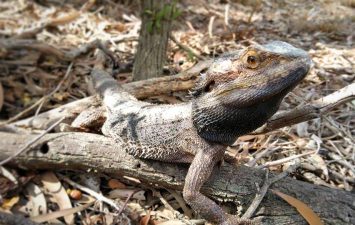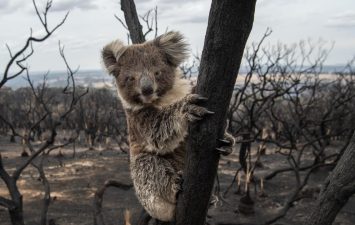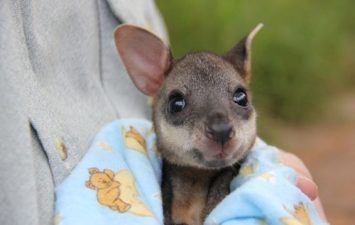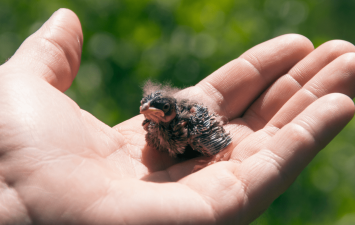Blog Post Title
Blog post excerpt [1-2 lines]. This text is automatically pulled from your existing blog post.
123 Main Street, New York, NY 10001
Stay calm and safe. If the animal is not dangerous and you can safely approach it, gently place it in a secure, ventilated box lined with a towel or soft cloth. Keep it in a quiet, dark place. Do not attempt to feed or give water. Use our Wildlife Rescue Directory to find help nearby.
Use our national rescue directory to locate the nearest wildlife rescue group. Trusted 24/7 hotlines include Wildlife Rescue Australia (1300 596 457), WIRES (NSW – 1300 094 737), and RSPCA Emergency (1300 264 625). Local vets are also a good point of contact.
Only temporarily.. Most native animals require specific care and it’s illegal in many states to handle wildlife without a permit. Keep the animal safe and calm, and contact a licensed rescuer.
Use a well-ventilated box lined with soft cloth. Handle the animal as little as possible.
Do not feed or give water. Transport the animal to a vet or rescue service listed in our directory.
Pull over safely. If it’s safe, approach and check the animal. Look for joeys in pouches.
Call a rescue group using our directory or the 24/7 hotlines.
Please don’t. Feeding the wrong thing can be harmful. Contain the animal and seek professional advice before offering any food or water.
Many fledglings are learning to fly and don’t need help. If the bird is feathered and pare
nts are nearby, leave it be. If it’s unfeathered or clearly abandoned, call a wildlife rescuer
Complete training through a licensed organisation. You’ll need a permit and a commitment to care. Use our directory to find fantastic organisation and contact them through their preferred contact methods to learn more.
Have a rescue kit with a box or carrier, towels, gloves, a torch, and emergency contact numbers. It’s a small step that can save a life.
Stay away and do not attempt to handle them. Contact a licensed snake catcher or bat rescuer using our directory.
Animals are assessed, treated by vets, and rehabilitated by trained carers. The goal is always safe release into the wild.
Double-check suburb/postcode and animal type. If still stuck, contact your local vet via the google maps link on our site at the bottom of your search results.

Fallen baby birds, road incidences, to dangerous and scary critters who might be a little too friendly.

When disaster strikes we all need to prepare, know what to do, and look out for each other, especially the less fortunate.

Want to learn more? Want to do more? We are always in need of more helping hands. The world needs more people who care.

Wildlife rescue volunteers desperately needed in your area, find out more about Save Animal Now Community
A short description of the benefit.
A short description of the benefit.
A short description of the benefit.
A short description of the benefit.





A short description of your company’s role in the success of the project.



Blog post excerpt [1-2 lines]. This text is automatically pulled from your existing blog post.

Blog post excerpt [1-2 lines]. This text is automatically pulled from your existing blog post.